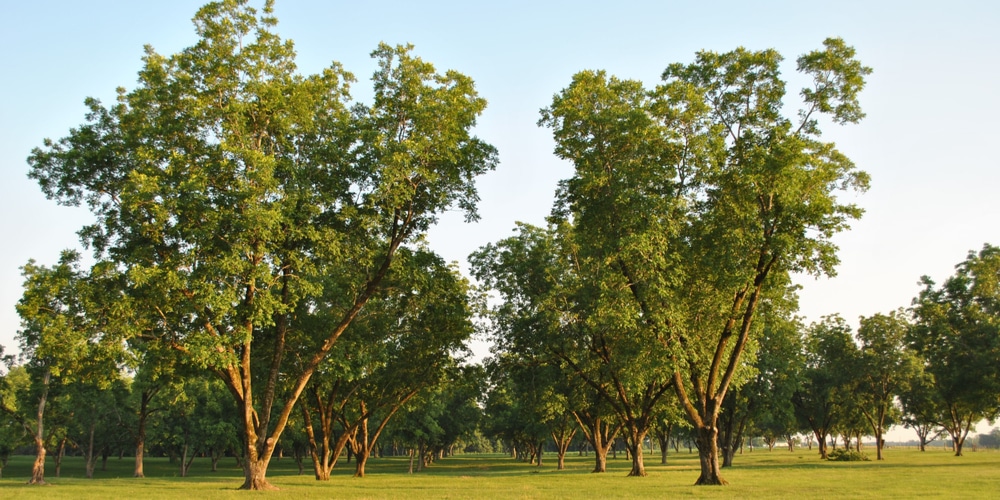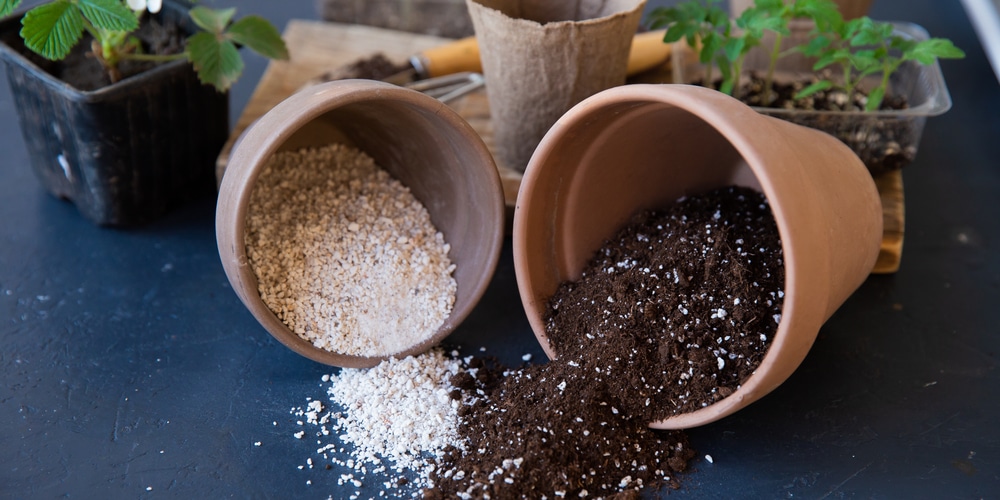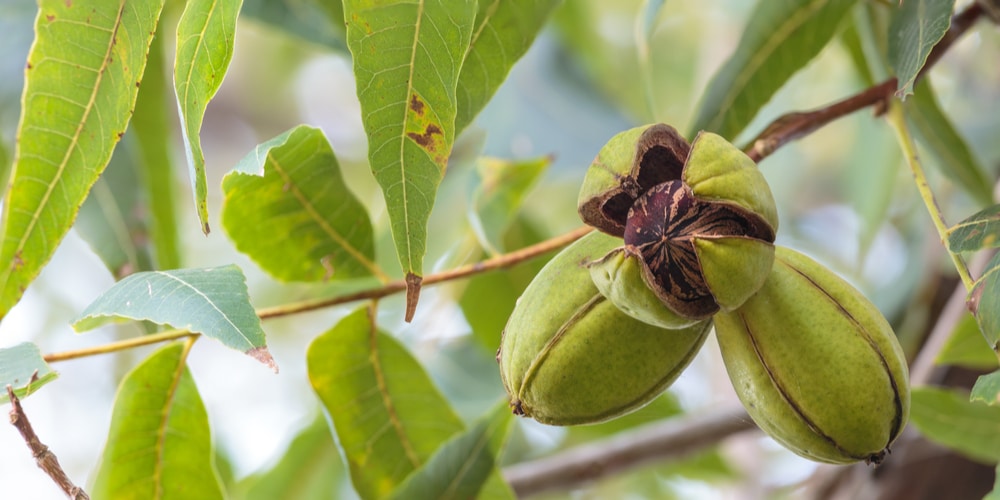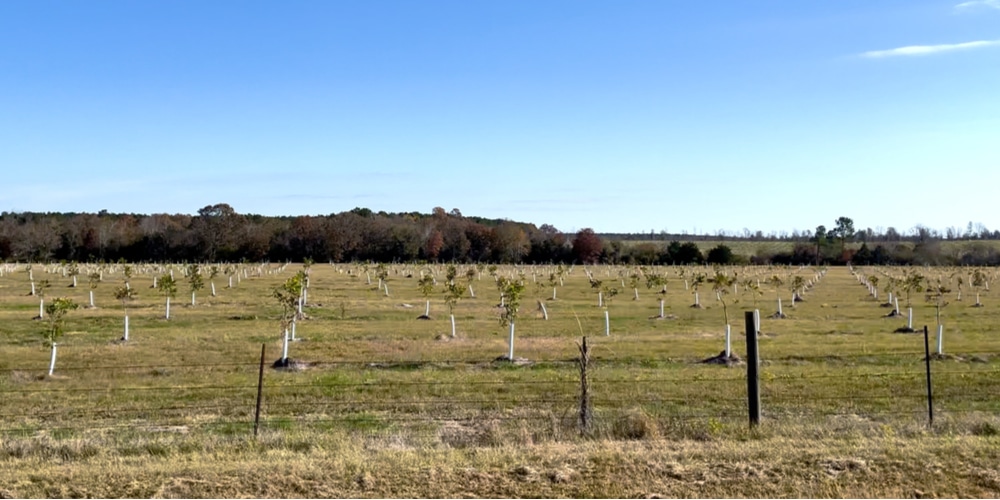Pecan trees are a common backyard tree in the Southern U.S., and for good reason. They are drought-tolerant and produce large quantities of delicious nuts. While pecan trees can be purchased at nurseries, there’s nothing more rewarding than growing them from seed yourself.
How to Plant Pecan Trees From a Seed

If you have ever wanted to plant a pecan tree in your backyard, this guide is for you. I will show you step-by-step how to plant and grow a pecan tree from seed so that you can enjoy the delicious bounty of these trees for years to come.
STEP #1: GATHER YOUR SUPPLIES
Before you can plant a pecan tree, you will need to gather some supplies.
Start with a pot that is at least 12 inches in diameter and has a depth of at least 12 inches. You will also need some good quality potting soil, which you can find at most garden stores.
Alternatively, if you have a large backyard, you may want to plant your pecan tree in the ground. In this case, you will need to dig a hole that is at least 24 inches deep and 18 inches wide.
STEP #2: PRE-SOAK THE SEED
Before you plant your pecan tree, you will need to pre-soak the seed. This is an important step that will help ensure that your tree grows healthy and strong.
To pre-soak the seed, place it in a container of warm water and let it soak for 24 hours. Pre-soaking allows the seed to start germinating before it is planted, and will help increase your chances of success. When the seed is finished soaking, it will be soft and plump.
STEP #3: FIND A GOOD LOCATION FOR YOUR TREE
Once you have pre-soaked your seed, it’s time to find a good location for your tree. When choosing a spot for your pecan tree, keep in mind the following:
* The tree will need plenty of sunlight – at least six hours per day.
* The soil should be well-drained and fertile.
* Ideally, the tree will be planted in a sheltered spot from the wind.
* There should be plenty of room for the tree to grow – at least 20 feet in all directions.
* The best time to plant a pecan tree is in the spring when the soil is warm and moist.
STEP #4: PLANT THE SEED
Now that you have gathered your supplies and chosen a good location for your tree, it’s time to plant the seed.
If you are planting your pecan tree in a pot, fill the pot with soil until it is about an inch from the top. Gently place the seed in the soil, ensuring that it is facing up. Then cover the seed with more soil and pack it down gently. Ensure that the pot has a drainage hole so that the soil does not become waterlogged.
If you are planting your pecan tree in the ground, dig a hole with the same depth as the pot and twice as wide. Place the seed in the hole and cover it with soil. Tamp down the soil gently so that it is firmly packed around the seed.
STEP #5: CARING FOR THE SEED
Now that the seed is planted, it’s important to provide it with the right care so that it can grow into a healthy tree. Here are some essential caring tips to ensure success:
* Keep the soil moist but not wet. You may need to water your tree twice a day during the early stages of growth.
* Do not overwater the seed, as this can cause the roots to rot.
* Do not fertilize the seed until it has begun to grow leaves. Fertilizing the tree early on can cause it to grow weak.
* Provide plenty of sunlight. The pecan tree needs at least six hours of direct sun per day.
* Make sure the tree receives plenty of sunlight.
* If you live in a cold climate, protect the tree from frost in the winter.
* Once your pecan tree has reached a height of 12 inches, you can begin to fertilize it with a slow-release fertilizer.
STEP #6: WATCH THE PECAN TREE GROW
Now that you have planted your pecan tree, it’s time to sit back and watch it grow. The tree will start to grow leaves within a few weeks of being planted and will begin to produce nuts within a year or two. The size and yield of the tree will depend on the climate where you live and the care you provide.
How to Plant Pecan Trees From a Seed: Conclusion
Planting a pecan seed is easy and with a bit of care your tree will thrive. Pecan trees can live for many years, so be sure to enjoy the fruits of your labor!
Related article: Do fruit trees need water in winter?


